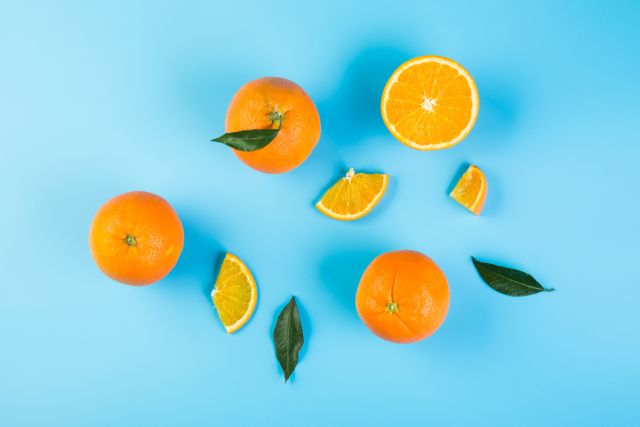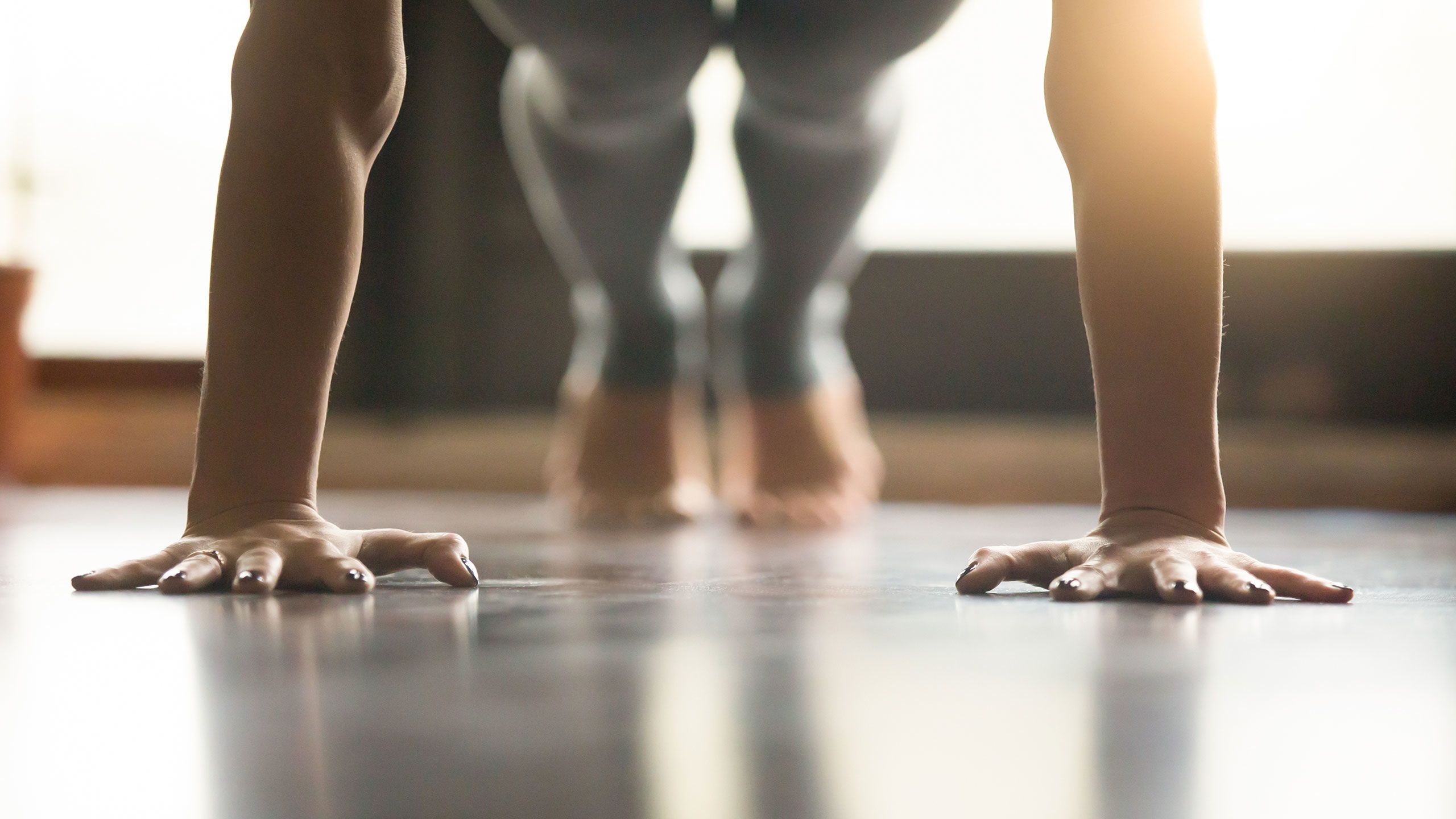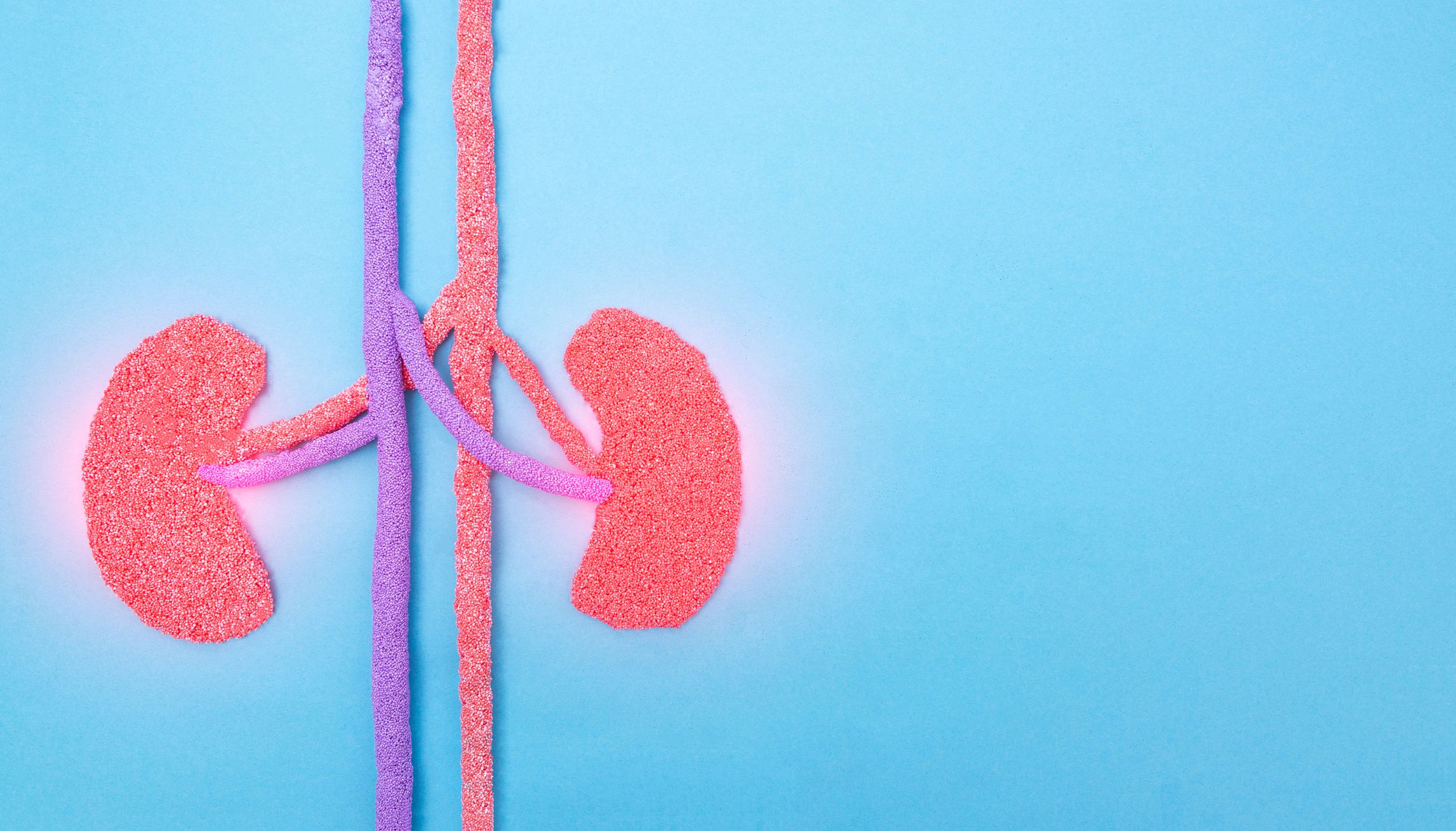When it comes to treating iron deficiency anemia, eating iron-rich foods is essential. But there are also certain factors that can determine how well your body absorbs and uses the iron that you are consuming. These include the type of iron in your foods and the other foods on your plate.
Keep reading to maximize the benefit you are getting from your iron-rich foods.
Types of iron
There are two types of dietary iron: heme and non-heme. Red meat, poultry, and seafood are rich in heme iron, which is derived from hemoglobin and is found in animal foods that originally contained hemoglobin.
Non-heme iron is found in certain plant-based foods like lentils, beans, seeds, nuts, dried fruits, potatoes with their skins on, soy products such as tofu and tempeh, and iron-fortified cereals. (Some red meat, poultry, and seafood also contain non-heme iron.)
Heme iron is more easily absorbed by the body than non-heme iron.
Boosting your iron absorption
What you eat or drink alongside iron-rich foods has an impact on how well your body absorbs iron. Certain foods boost iron absorption—and this can help your body get the most out of the iron in non-heme foods, which is not as easily absorbed.
Eating heme iron at the same time as non-heme iron can provide a boost to non-heme iron absorption. The next time you’re enjoying some lentils, for example, consider adding a piece of grilled chicken or fish.
If your diet only includes the less absorbable non-heme iron—for example, if you’re a vegetarian—include some vitamin C with your meal:
- Vitamin C enhances the absorption of non-heme iron by capturing it and storing it in a form that’s more easily absorbed by the body.
- Oranges, strawberries, peppers, cabbage, Brussels sprouts, tomatoes, cantaloupes, and pineapples are just a few of the foods with high vitamin C content.
- Some great options that pair up vitamin C with non-heme iron include a baked potato topped with tomato salsa or a tofu and cabbage stir-fry.
Habits that interfere with iron absorption
Conversely, consuming certain foods can hinder your body’s ability to absorb iron. One example is consuming coffee or tea with non-heme iron.
- The polyphenols found in coffee and some teas are believed to be inhibitors of non-heme iron absorption. (Interestingly enough, they seem to have little effect on the absorption of heme iron.)
- These compounds bind with iron during digestion, making the iron more difficult to absorb.
- Their effect on iron absorption is dose-dependent, meaning that iron absorption decreases as the polyphenol content increases.
- Try to make it a point to drink coffee or tea between meals instead of during them.
A note about cast iron skillets
Cooking with a cast iron skillet will not affect the body’s absorption of iron, but some research suggests it can increase the iron content of certain foods.
Acidic foods with a higher moisture content—such as spaghetti sauce, stew, and scrambled eggs—appear to absorb the most iron from cast iron skillets. Dry, non-acidic foods like pancakes and rice seem to absorb less iron.
Additionally, cooking foods for longer, stirring frequently, and using a newer iron skillet can help you add a little more iron to your meal.






